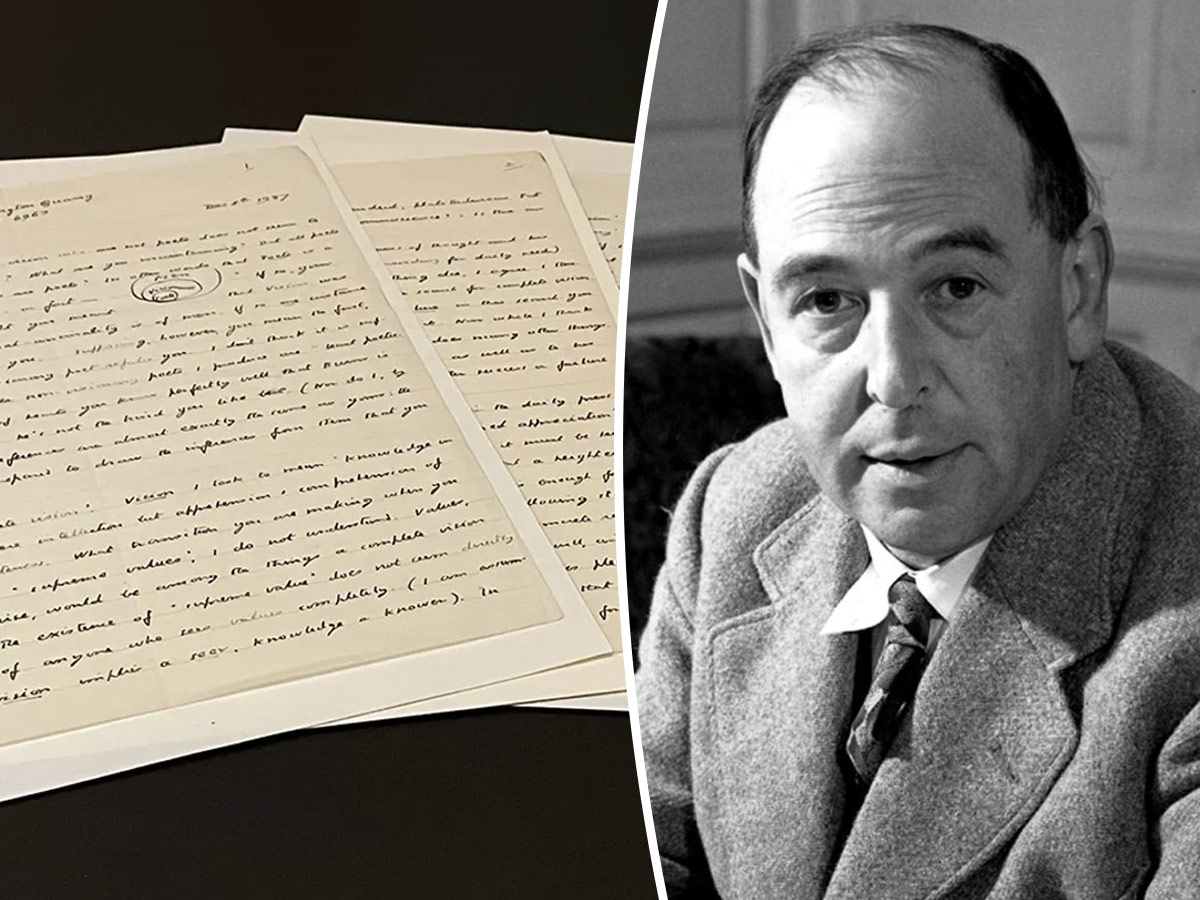
The Museum of the Bible announced in early March that it would be featuring an exhibit on the faith journey of one of the world’s most well-known Christian authors and apologist, Clive Staples Lewis, better known as C.S. Lewis. While Lewis may be well-known for his children’s book series, The Chronicles of Narnia, in particular, The Lion, the Witch, and the Wardrobe, his journey as a staunch atheist to one of the most consequential Christian apologists of the 20th century may be less-known. “We are excited for people to see this extraordinary exhibit because it highlights the transformative power of the narrative of the Bible on the life and work of the beloved author of the Narnia series and one of the most famous Christians of the 20th century,” said Dr. Bobby Duke, chief curatorial officer at Museum of the Bible.
Entitled “C. S. Lewis and the Myth That Became Fact,” the exhibit focuses on how Lewis perceived the story of Christ and his resurrection as a myth, “but he later grew to believe it as ‘the true myth.’” The exhibit features first editions of Lewis’s works, original artwork from Narnia illustrator Pauline Baynes, and references to Lewis’s time with fantasy author and fellow Christian, JRR Tolkien, as well as their friend Charles Williams. Williams, Lewis, and Tolkien were part of the literary group, the Inklings, which meant for decades during Lewis’s life. Tolkien played a major role in leading Lewis to Christ. In 1931, Tolkien and their mutual friend Hugo Dyson, confronted Lewis on his view of Christ as a myth. “Now what Dyson and Tolkien showed me was this: that if I met the idea of sacrifice in a Pagan story I didn’t mind it at all: again, that if I met the idea of a god sacrificing himself to himself . . .” Lewis would later write. “I liked it very much and was mysteriously moved by it: again, that the idea of the dying and reviving god (Balder, Adonis, Bacchus) similarly moved me provided I met it anywhere except in the Gospels… Now the story of Christ is simply a true myth: a myth working on us in the same way as the others, but with this tremendous difference that it really happened.”
The title of the exhibit comes from an essay Lewis wrote on the “true myth” of Christianity in 1944 entitled “Myth Became Fact.” “The heart of Christianity is a myth which is also a fact,” wrote Lewis. “The old myth of the Dying God, without ceasing to be myth, comes down from the heaven of legend and imagination to the earth of history. It happens—at a particular date, in a particular place, followed by definable historical consequences. We pass from a Balder or an Osiris, dying nobody knows when or where, to a historical Person crucified (it is all in order) under Pontius Pilate. By becoming fact it does not cease to be myth: that is the miracle.”
The exhibit will be open until February 14, 2026.


